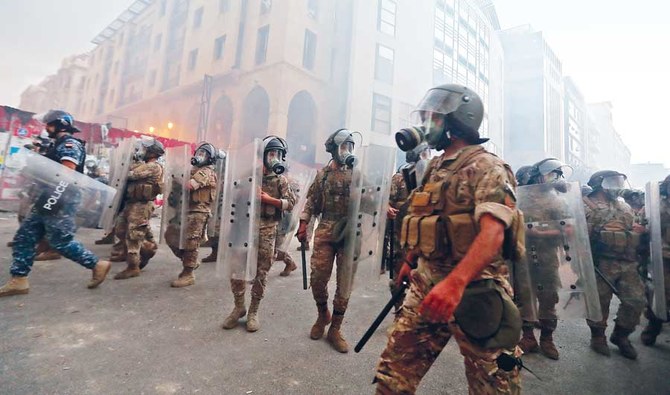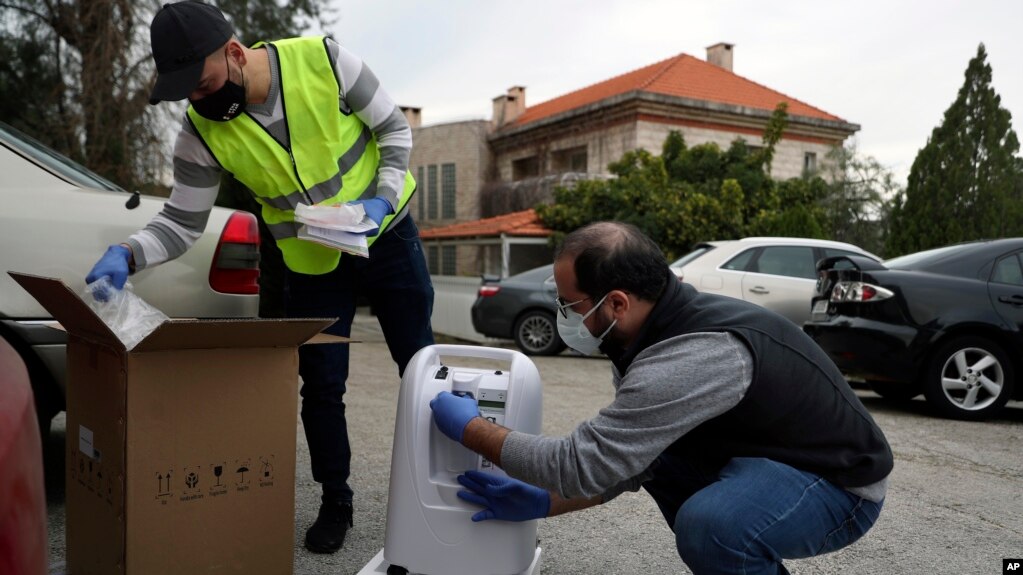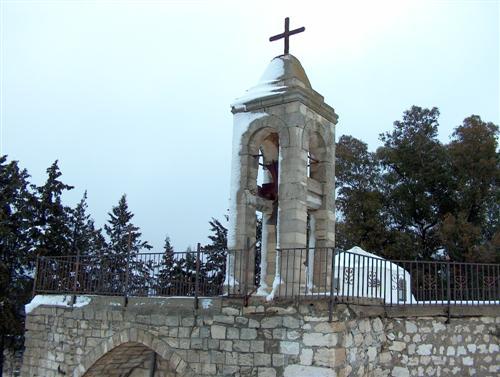by Nabih Bulos, Marcus Yam —On a remote cliff about 20 miles south of Beirut, a late morning sun roused Imad Beainy. He got out of bed, slipped on a pair of shorts and walked to the cliff’s edge, lighting a joint as he looked over the fruit groves and wild meadows of the Bisri Valley. Hewed between two mountain ranges, the valley extends some six miles along a tributary of the Awali river. In the distance, Beainy glimpsed the sun shining off the cream-colored tiles of the 300-year-old Mar Moussa church. Closer to the cliff, sprinkled around a 15th century Mamluk-Ottoman bridge and the ruins of a Roman temple, lay some 50 other archaeological sites. Beainy, 51, spoke of them as if they were his own; that this land was not just a home but a way of life. Yet for the last seven years, the valley and its history have been in jeopardy.
Bisri is to be the site of Lebanon’s second-largest dam, a proposed mega-project to bring water to Beirut’s ever-ballooning neighborhoods. The pressure of such growth underscores an existential threat to the region as governments already on the brink contend with a future in which they can no longer support some of the world’s fastest-growing populations. Water scarcity, climate change and erratic weather systems are likely to further imperil stability across the Middle East. No fewer than 12 countries in the region make the list of the world’s most water-stressed nations; already-scorching summer temperatures are expected to rise twice as fast as the average global warming, according to the Max Planck Institute for Chemistry. The World Bank predicts the Middle East will become the most economically damaged place on Earth due to climate-related water scarcity.




![The site of the August 4th explosion is shown at Beirut port, Lebanon in December 2020 [File: Mohamed Azakir/Reuters]](https://www.aljazeera.com/wp-content/uploads/2021/02/2020-12-10T141528Z_1769111664_RC2EKK93RUL6_RTRMADP_3_LEBANON-CRISIS-BLAST.jpg?resize=770%2C513)





